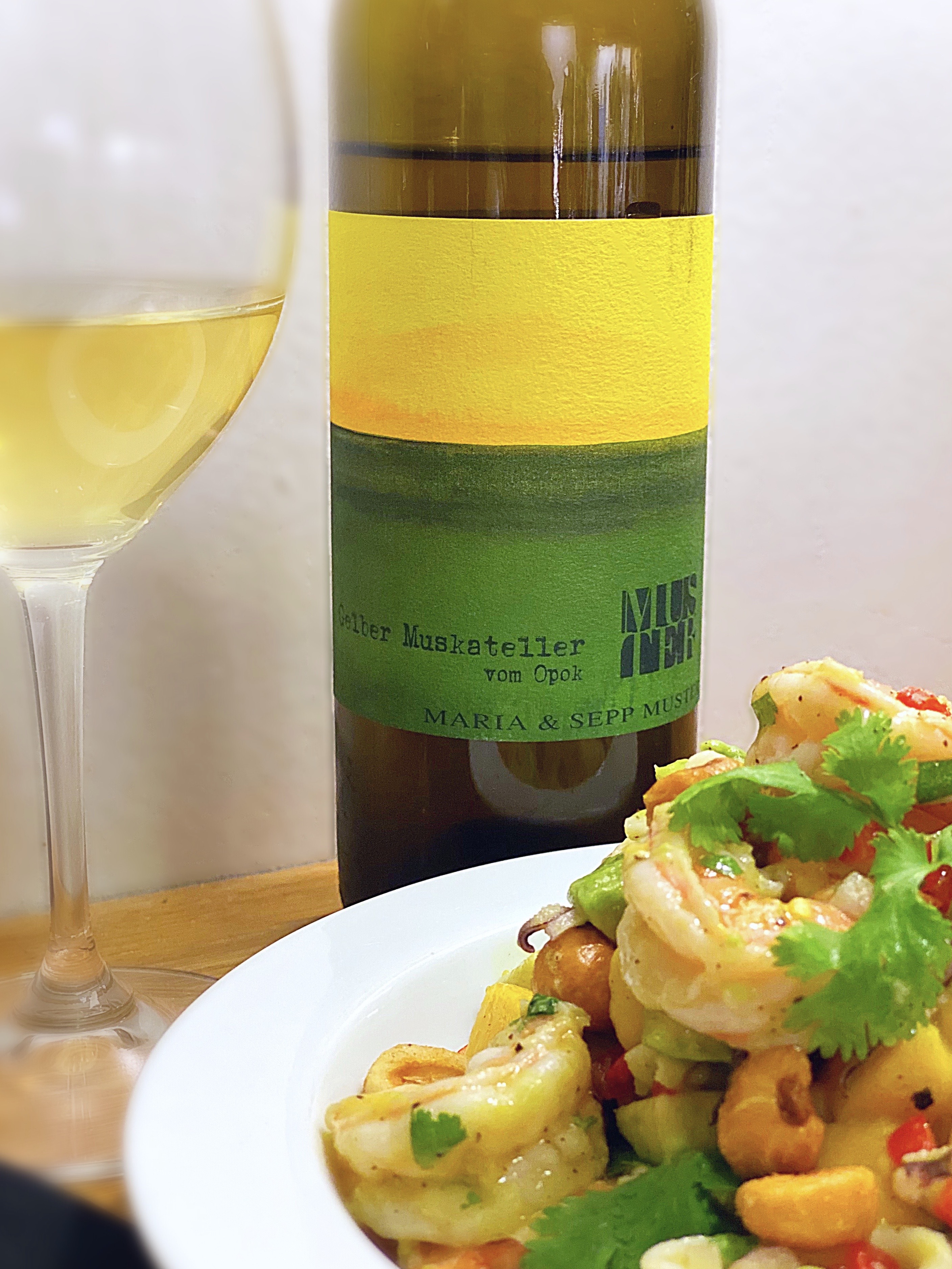Fermentation and Esters: The Quick Version
Posted by Stephan Lublin on June 14 2020 1:27pm
Fermentation. All the best things are fermented. Your coffee, chocolate, bread, beer, cider, mead, kimchi, sauerkraut, and of course, wine, are all fermented, just to name a few. And with our focus on wine, the fermentation we want to talk about is mainly carried out by yeast in the Saccharomyces genus. These microscopic single-celled fungi consume the sugars in sweet grape juice, or must, and in turn, convert them into ethyl alcohol and carbon dioxide. Without getting too scientific, other compounds, including those called “esters” are released, which we can credit for a large portion of the incredible bouquet of aromas that emerge once fermentation has taken place.
Why does my wine smell of pears, banana, or apples? Esters. Grapefruit, pineapple, or raspberries? Esters. Madonna’s new name? Esther. Different, but the same. And for a beautiful example of a plethora of aromas from esters, look no further than the wines of Maria & Sepp Muster.
Maria & Sepp Muster have been making wine in Styria, Austria since taking over his father’s vineyard in 2000. The vineyard had never been sprayed with chemicals, so moving into biodynamic agriculture was an easy transition. The wines are fermented by indigenous yeast, receive little to no added SO2, and are bottled unfined and unfiltered.
The 2018 Gelber Muskateller vom Opok emits floral notes of white flowers and honeysuckle, along with ripe mango, longan, and clementine - esters galore! On the palate, sharp, biting acidity and lingering tropical notes leave the palate craving the next sip.
Paired with foods that match the tropical aromas and freshness of the wine’s acidity, dishes like shrimp and calamari ceviche with fresh mango, avocado, and crunchy corn nuts, shine. Sushi or poke would be excellent pairings as well.
Science aside, fermented foods and beverages are simply delicious. Eat up, drink up, and enjoy!


